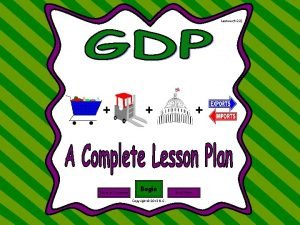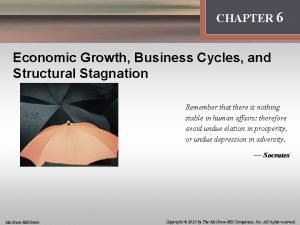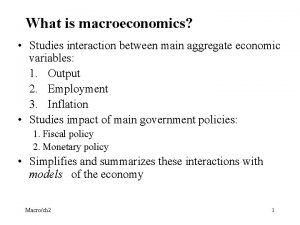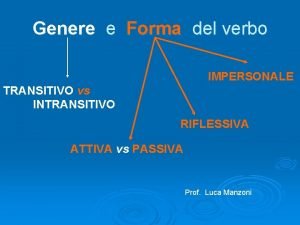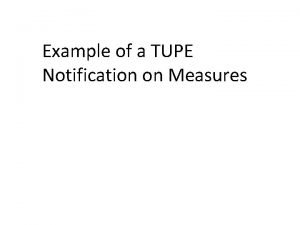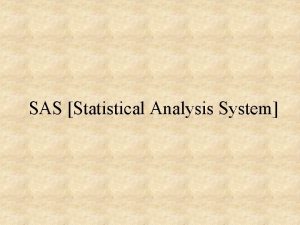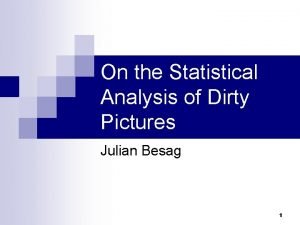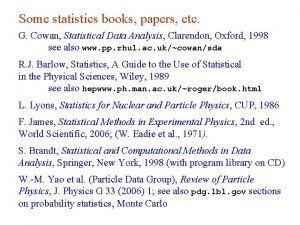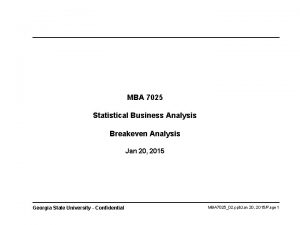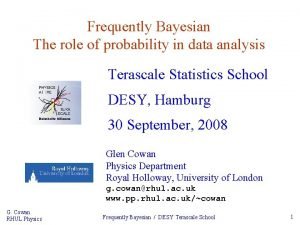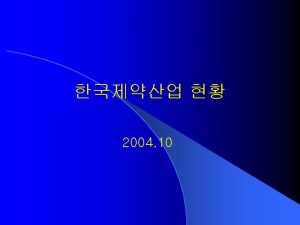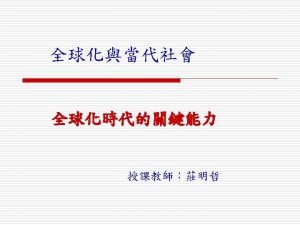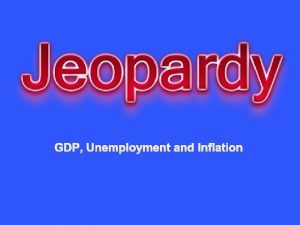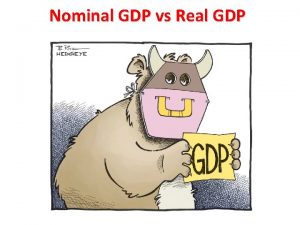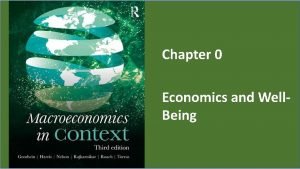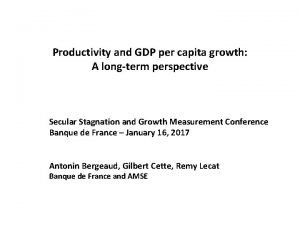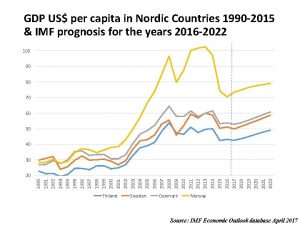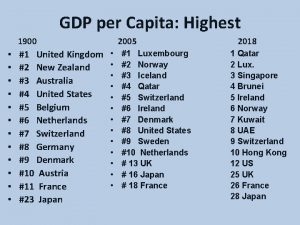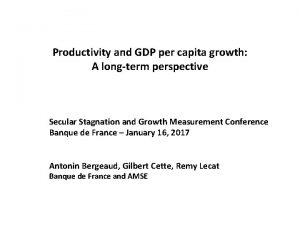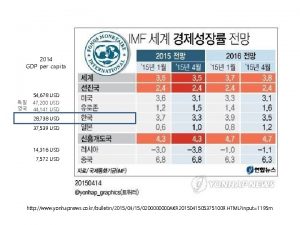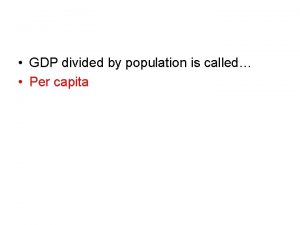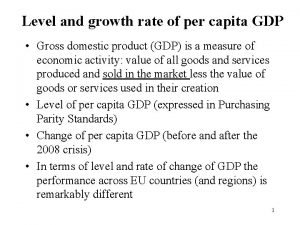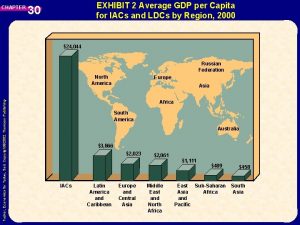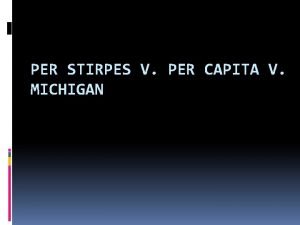Statistical Analysis U S Economy Per capita GDP





























- Slides: 29

Statistical Analysis U. S. Economy

Per capita GDP and GNP

Another source

Consumption and Household net worth (per capita)

Ratio of household liabilities to GDP: If you believe that excessive household debt was the main problem, then the economy is on the mend

Productivity and Compensation

CBO assessment with and without the American Recovery and Reinvestment Act (ARRA) – i. e. the “stimulus”

Bailout of the Automobile Industry

The difference: more austerity in the U. K.

No inflation here!

Theory: Liquidity trap: there is not enough demand (S > I) when the real interest rate is zero Due to the lack of demand, printing money (Quantitative Easing) has not been inflationary S r 0 S, I Natural real rate of interest I The graph shows that the “natural” real rate of interest (r) consistent with full employment is negative. Since r = i – π and the nominal interest rate cannot be negative, the only way for r to be negative is for expected inflation, π, to rise. QE 3 has been designed to increase expectations of inflation to reduce r.

U. S. : Swing of private sector into financial surplus necessitated large public deficits to avoid a deeper slump

The Job Market THE JOB MARKET

Employment barely keeps up with population

Employment Population Ratio A plunge and a stabilization at a depressed level, which has now gone on for almost three years. Everything else is just noise.

August 2012 employment report: 96 k gain Monthly average gain of 139, 000 this year

Private Employment in two administrations

Public employment in two administrations Note: the spike in 2010 is the census!

Government employment shrank under Obama: If government employment had grown as fast under Obama as it did under Bush, we’d have a million and a half more people employed today!

Government employment divided by population: Government employment (think school teachers) does not even keep up with population!

The top line is total government employment (federal, state and local) divided by population. The bottom line is federal government employment divided by population

GOVERNMENT EXPENDITURES

Public Investment as measured by the sum of state, local, and federal nondefense investment:

US: Actual government purchases (excluding safety net spending) have been uniquely weak, largely because of budget distress at the state and local level

Reagan versus Obama

Who are the biggest spenders?

THE 2012 US ELECTION: THE ROLE OF THE ECONOMY

Elections are decided by swing states (like Ohio) and are largely determined by economic factors; if this is the case, Obama has not lost! If the economy appears to be improving, the incumbent tends to do well even if in absolute terms it’s still pretty bad.

Is the stock market telling us something?
 Yugoslavia gdp
Yugoslavia gdp Real gdp per capita formula
Real gdp per capita formula Calculate real gdp per person
Calculate real gdp per person Disposable personal income formula
Disposable personal income formula Imf gdp per capita
Imf gdp per capita How to calculate nominal gdp
How to calculate nominal gdp Per stirpes v per capita
Per stirpes v per capita Per capita vs per stirpes
Per capita vs per stirpes Modern per stirpes
Modern per stirpes Per capita
Per capita Pib per capita significado
Pib per capita significado Real gdp and nominal gdp
Real gdp and nominal gdp Real gdp formula
Real gdp formula Athens and sparta were both
Athens and sparta were both A volte capita di trovarsi in un ingorgo mostruoso
A volte capita di trovarsi in un ingorgo mostruoso Capita sims alumni
Capita sims alumni Licopodina
Licopodina Izochinolin
Izochinolin Verbi impersonali
Verbi impersonali Tupe measures
Tupe measures Capita selecta wur
Capita selecta wur Capita one system
Capita one system Statistical analysis system
Statistical analysis system On the statistical analysis of dirty pictures
On the statistical analysis of dirty pictures Preserving statistical validity in adaptive data analysis
Preserving statistical validity in adaptive data analysis Multivariate statistical analysis
Multivariate statistical analysis Cowan statistical data analysis pdf
Cowan statistical data analysis pdf Statistical business analysis
Statistical business analysis Conjoint analysis software
Conjoint analysis software State bayes theorem
State bayes theorem

